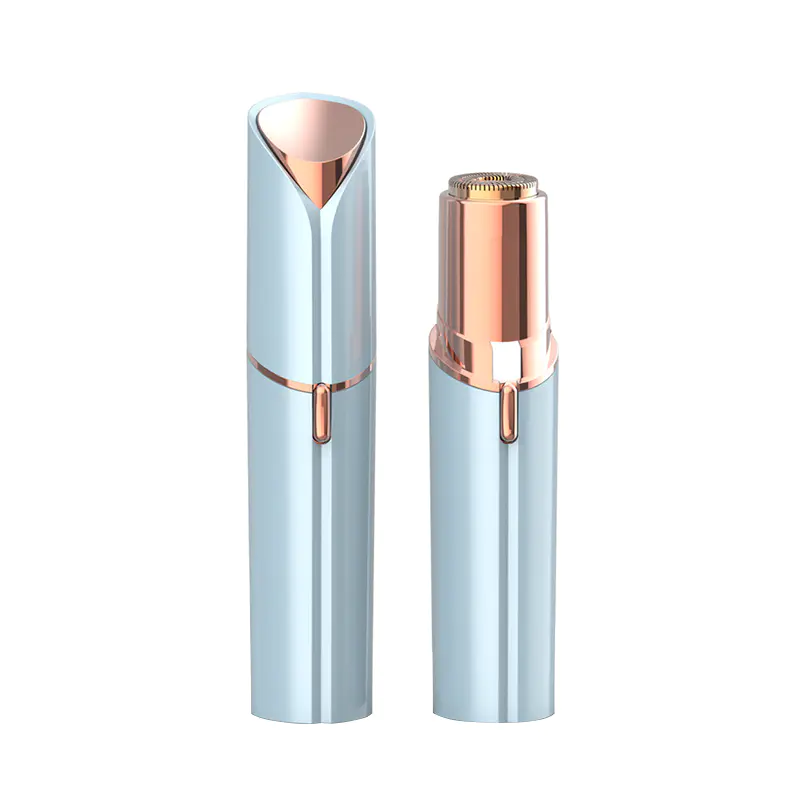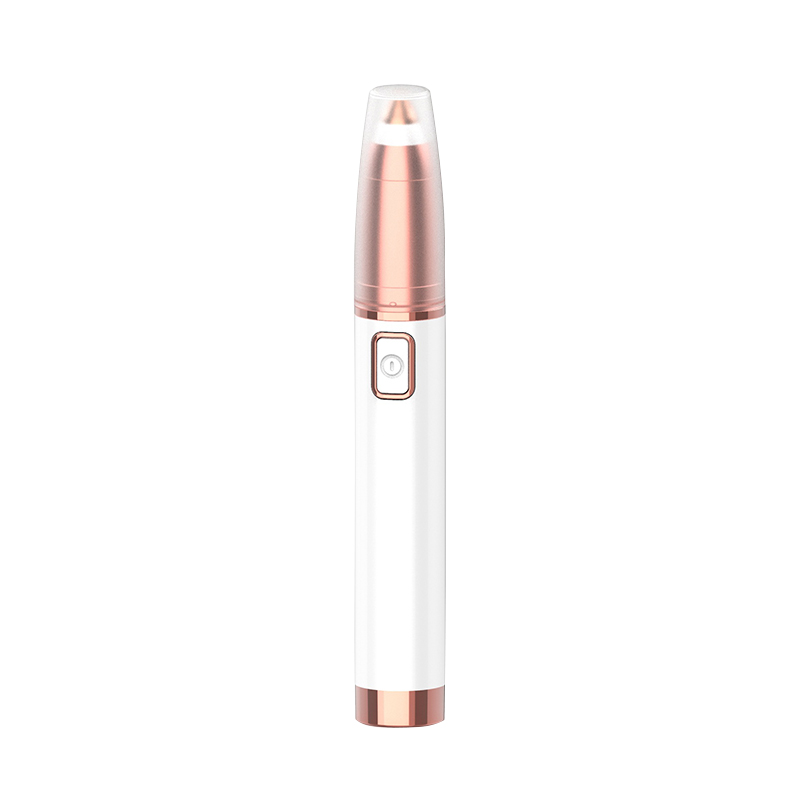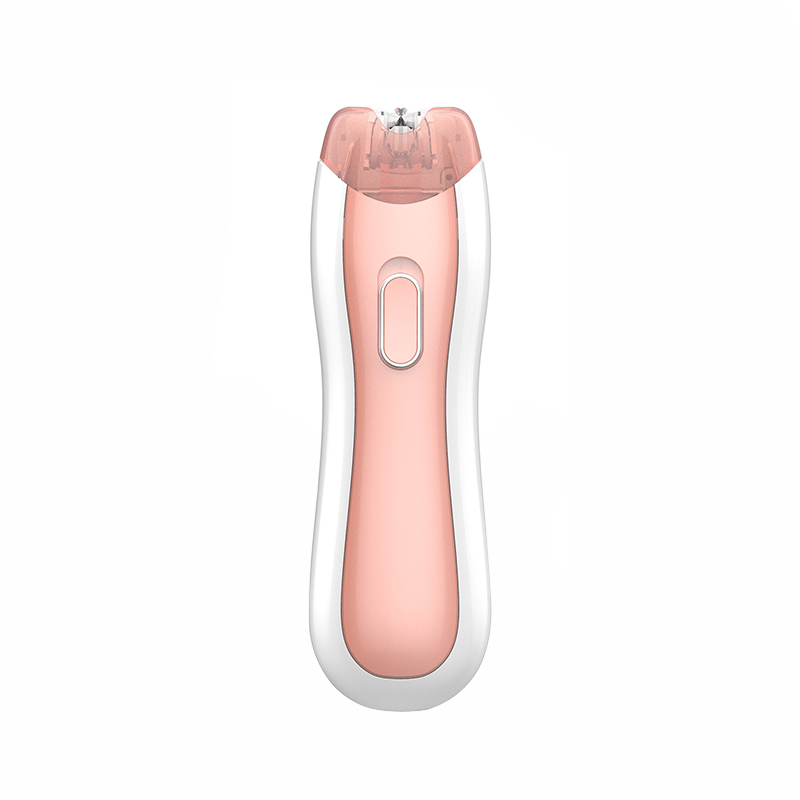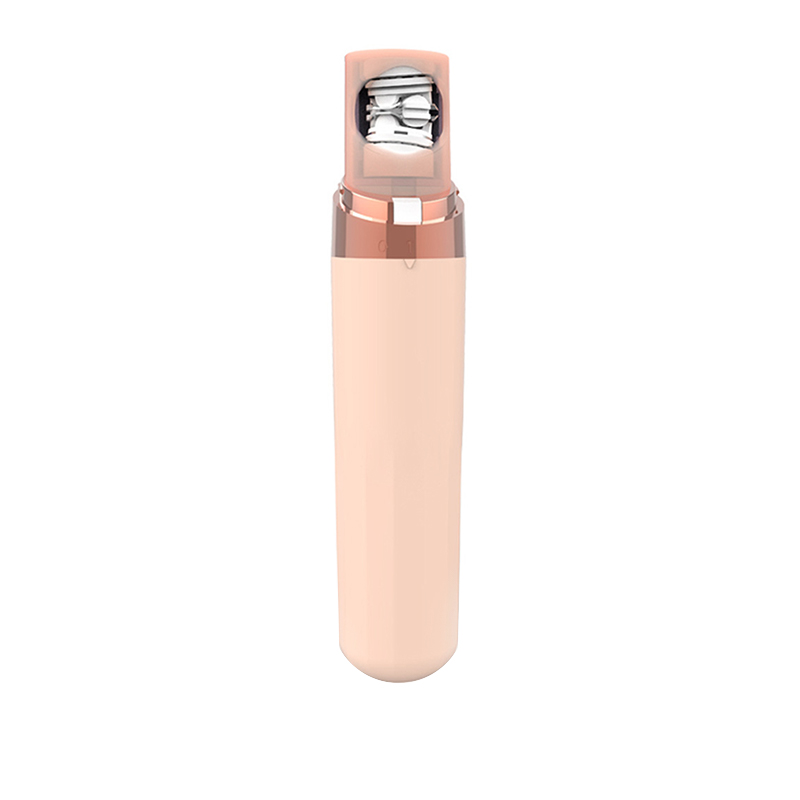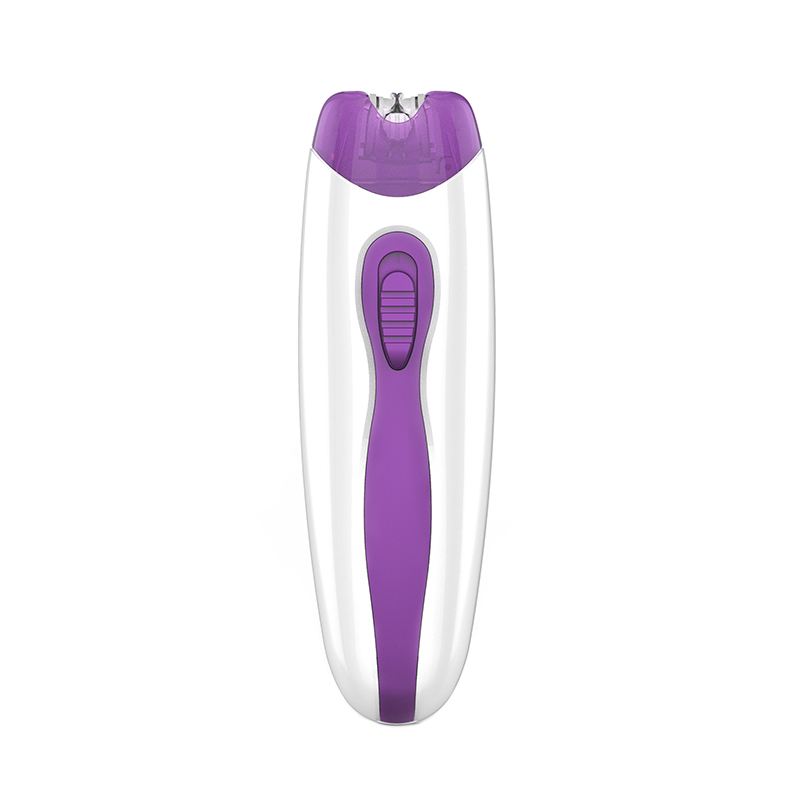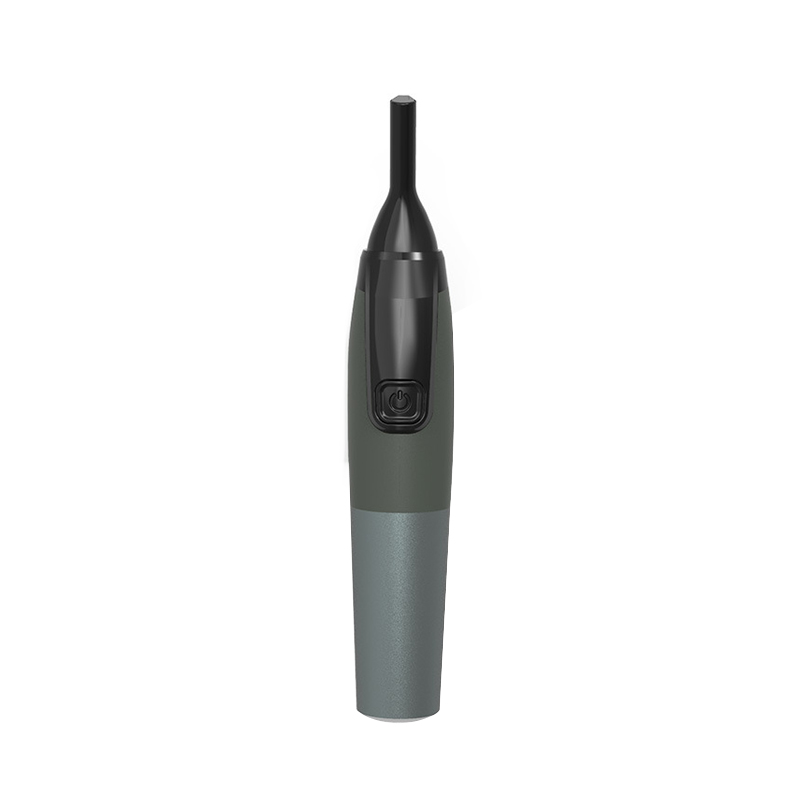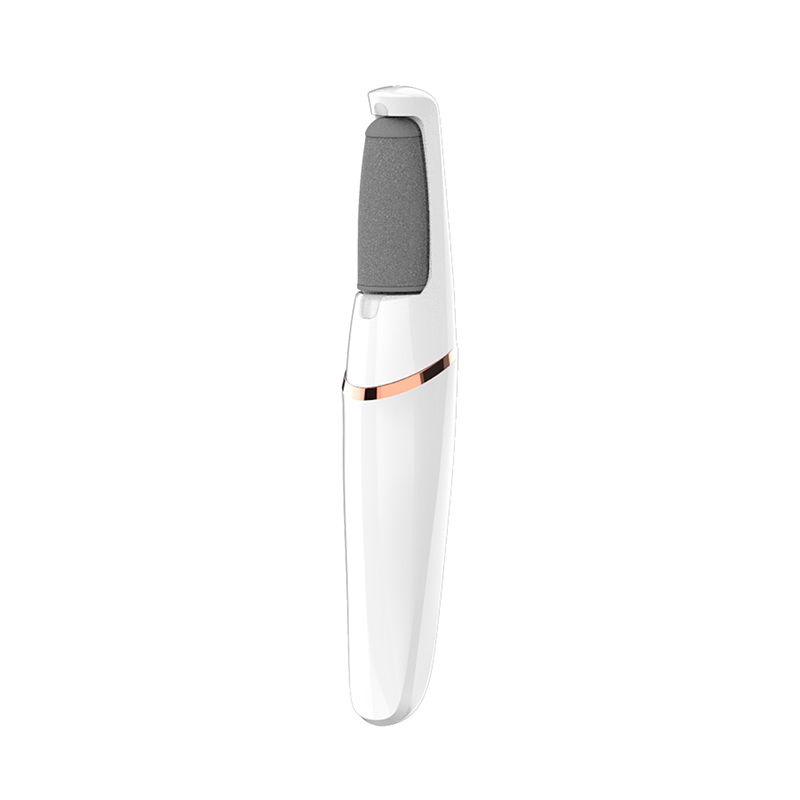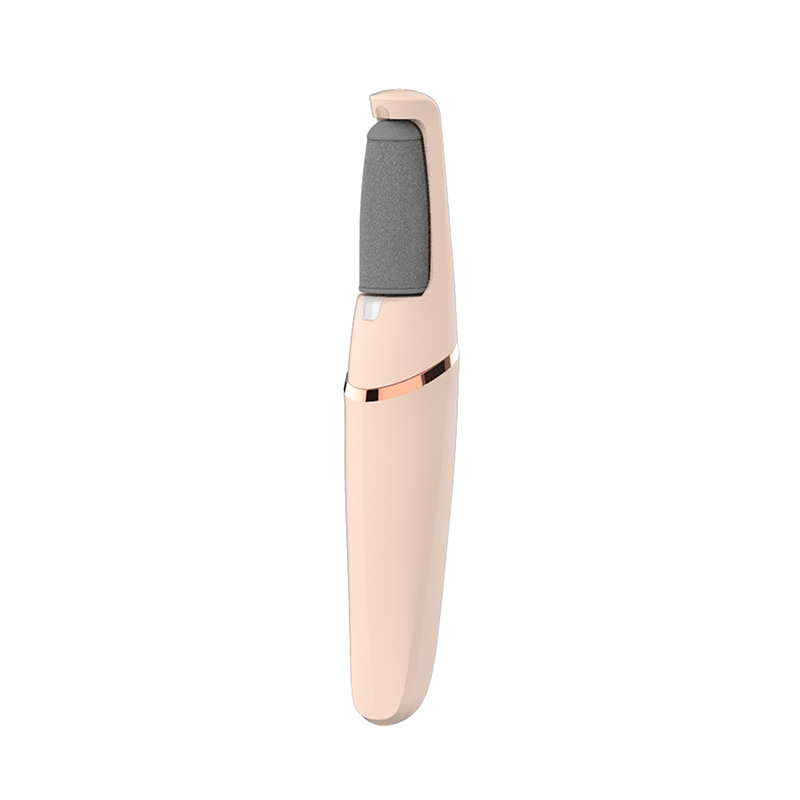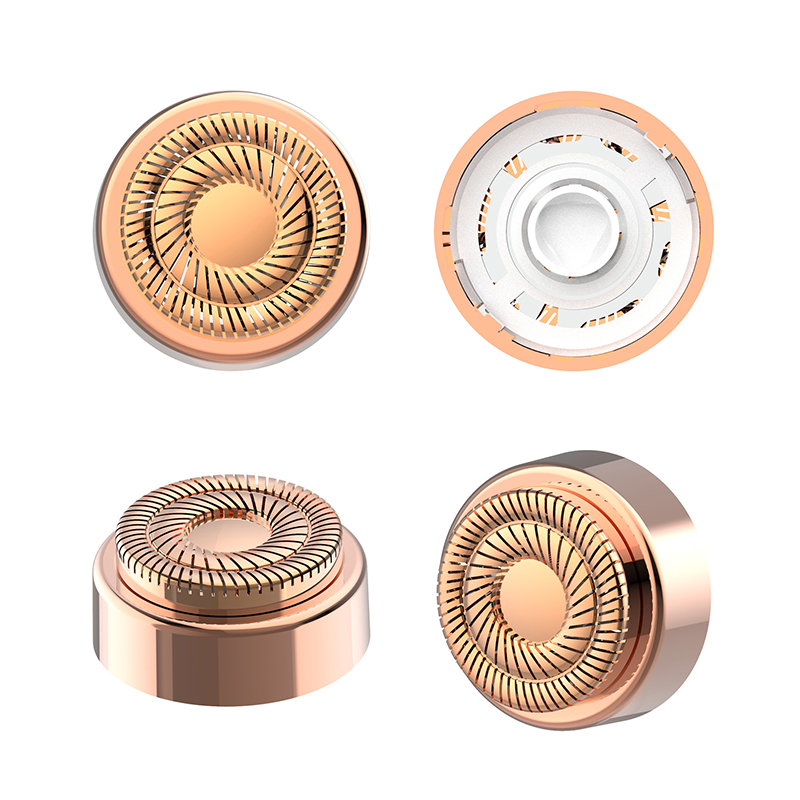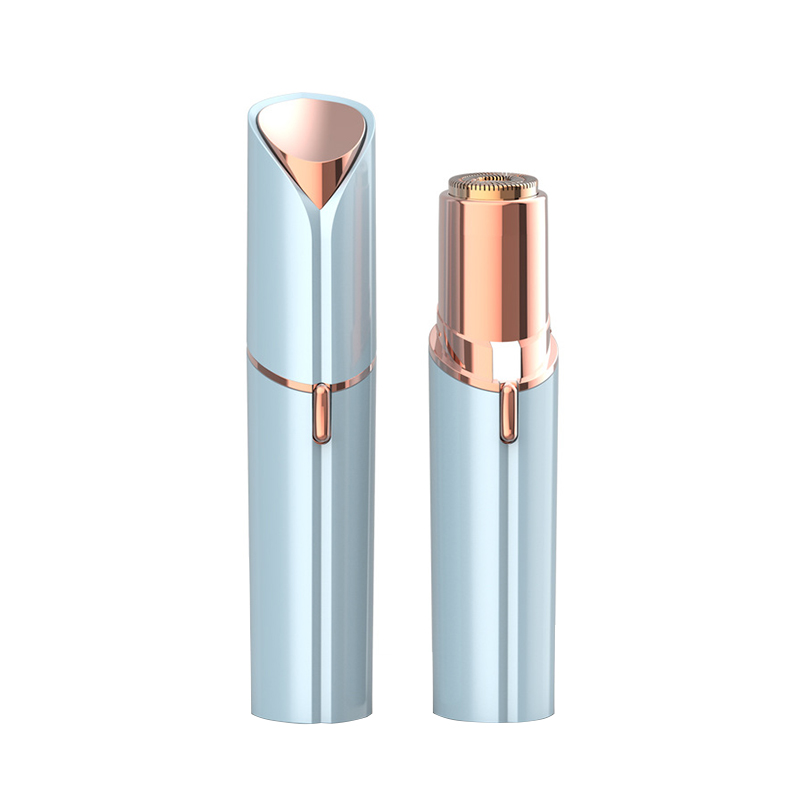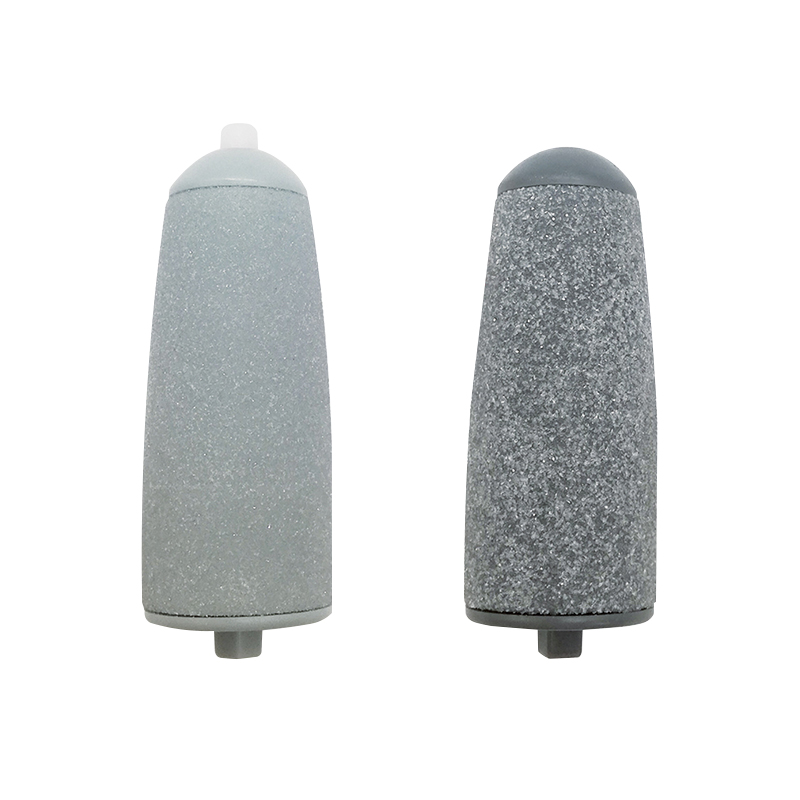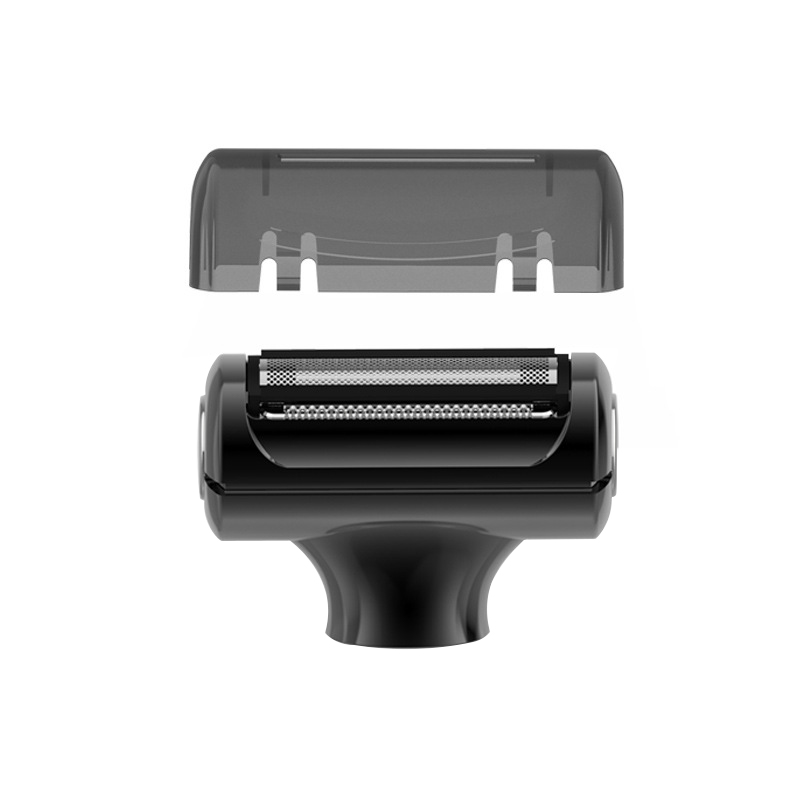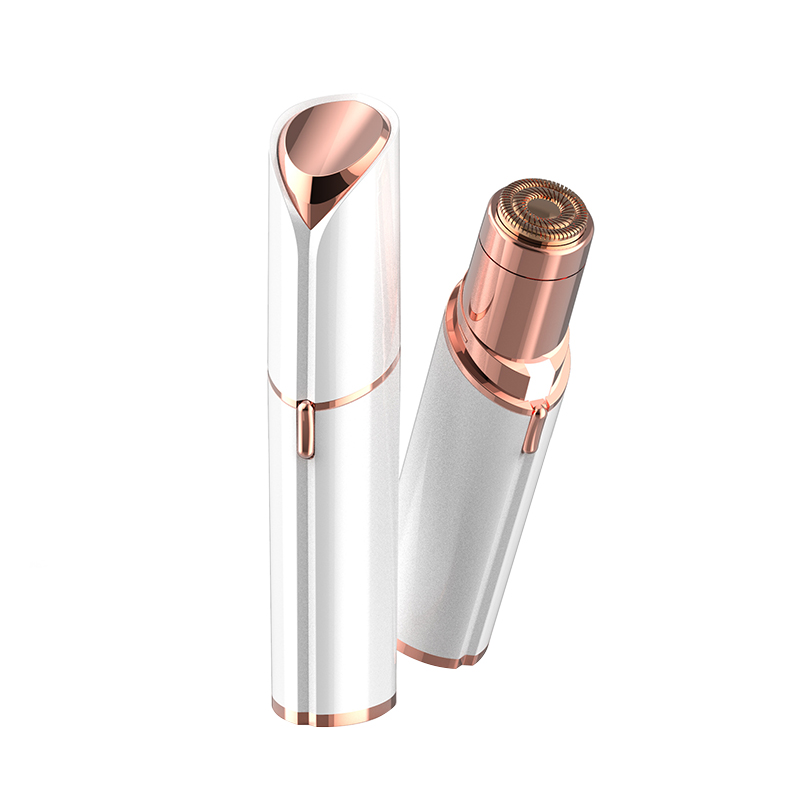In the realm of personal grooming and wellness, the integration of technology has become increasingly prevalent. Personal care appliances are designed to enhance daily routines, offering efficiency, consistency, and often, improved results compared to manual methods.
Types and Applications of Personal Care Appliances
Personal care appliances can be broadly categorized based on their primary function. Understanding these categories helps in identifying which devices align with individual grooming needs.
1. Hair Care Appliances
This category includes devices designed for drying, styling, and maintaining hair health.
-
Hair Dryers: Modern hair dryers often utilize technologies like ionic or ceramic heating. Ionic dryers emit negative ions to break down water molecules faster, reducing drying time and minimizing heat damage, which can help in decreasing frizz. Ceramic dryers provide a more even and controlled heat distribution, which is also gentler on hair.
-
Styling Tools: This sub-category encompasses flat irons, curling wands, and hot air brushes. Key features to consider are adjustable heat settings, which allow for customization based on hair type and fragility, and tourmaline or titanium plates that can smooth hair effectively.
2. Oral Care Appliances
Electric toothbrushes and oral irrigators represent a significant advancement in home dental care.
-
Electric Toothbrushes: These devices operate primarily through oscillating-rotating or sonic technology. Oscillating-rotating brushes feature a round head that spins to dislodge plaque. Sonic brushes use high-frequency vibrations to clean a wider area. Studies have indicated that consistent use of electric toothbrushes can lead to a reduction in plaque and gingivitis compared to manual brushing.
-
Water Flossers (Oral Irrigators): These devices use a pulsating stream of water to remove food particles and plaque from between teeth and below the gumline. They are often recommended as an adjunct to brushing and flossing, particularly for individuals with braces, bridges, or implants.
3. Skincare and Grooming Appliances
This diverse category includes tools for cleansing, hair removal, and skin treatment.
-
Facial Cleansing Brushes: These devices use sonic oscillations to deep clean the skin, potentially removing more dirt, oil, and makeup than manual cleansing. They typically feature brush heads with different bristle textures for various skin types.
-
Electric Shavers and Trimmers: Available in foil and rotary types for men and women, these appliances offer a convenient and quick method for hair removal. Modern versions are designed for wet or dry use and are equipped with features like self-sharpening blades and pivoting heads to contour to the body.
-
LED Light Therapy Devices: These handheld appliances emit specific wavelengths of light (e.g., red for anti-aging, blue for acne) and are intended for at-home use to address specific skin concerns.
4. Body Care and Wellness Appliances
This includes appliances focused on broader wellness and body maintenance.
-
Massage Guns: Known as percussion therapy devices, they deliver rapid, concentrated pulses of pressure into muscle tissue. This is intended to aid in muscle recovery, reduce soreness, and increase blood flow following physical activity.
-
Electronic Body Scales: Beyond measuring weight, advanced models use Bioelectrical Impedance Analysis (BIA) to provide metrics like body fat percentage, muscle mass, and water percentage, aiding in tracking overall health progress.
Comparison and Key Considerations
When evaluating personal care appliances, several technical and practical factors should be compared:
-
Technology: The core technology (e.g., ionic vs. ceramic, oscillating vs. sonic) defines the device's primary action and potential benefits.
-
Performance Metrics: For hair tools, heat settings and heat-up time are crucial. For oral care, brushing oscillations per minute (OPM) or water pressure settings (PSI) for irrigators are key indicators of performance.
-
Features and Customization: Look for variable speed or intensity settings, timers, and interchangeable attachments (e.g., different comb heads, brush heads, or massage heads) that enhance versatility.
-
Ergonomics and Maintenance: A comfortable grip and cordless design improve usability. Consider the ease of cleaning the device and the availability and cost of replacement parts (e.g., brush heads, filters).
Frequently Asked Questions (FAQ)
Q: Are personal care appliances necessary, or are manual methods sufficient?
A: While manual methods are sufficient for basic grooming, personal care appliances are engineered to provide a higher level of efficiency, consistency, and often, proven efficacy in areas like plaque removal or hair drying with reduced damage. They are considered enhancements to a routine rather than strict necessities.
Q: How do I maintain my personal care appliances to ensure longevity?
A: General maintenance includes regular cleaning according to the manufacturer’s instructions, proper storage to avoid damage to cords and components, and timely replacement of consumable parts like brush heads or filters. Avoiding water exposure for non-waterproof devices is also critical.
Q: Can these appliances be used by all individuals?
A: Suitability can depend on specific conditions. For example, individuals with certain skin sensitivities, dental conditions, or fine hair types should consult with a relevant professional (dermatologist, dentist) before using devices like high-frequency facial tools, high-pressure water flossers, or high-heat styling tools. Always review the manufacturer's guidelines for intended use.
Q: What safety features are common in these appliances?
A: Many modern appliances include automatic shut-off timers, overheat protection, thermal guards, and waterproof ratings (e.g., IPX7 for oral care appliances) to ensure user safety during operation.
In conclusion, the selection of personal care appliances should be guided by an individual’s specific routine requirements, desired outcomes, and an objective evaluation of the product’s features and technological basis. These devices represent a convergence of personal grooming and applied technology, offering tools to potentially elevate one’s daily regimen.



